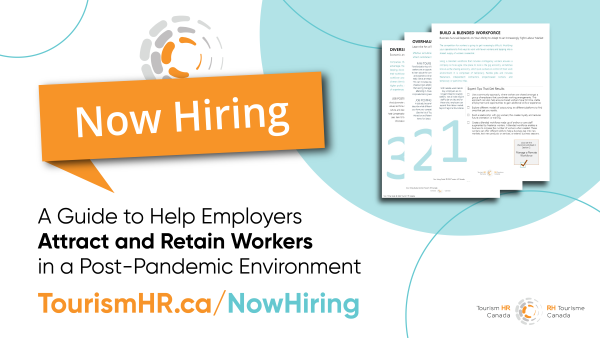 The pandemic has caused significant disruption to the tourism labour market, much greater than the economy overall. While the latest Labour Force Survey shows the workforce is recovering, there is a long way to go: tourism remains over 200,000 workers below the same month in 2019.
The pandemic has caused significant disruption to the tourism labour market, much greater than the economy overall. While the latest Labour Force Survey shows the workforce is recovering, there is a long way to go: tourism remains over 200,000 workers below the same month in 2019.
In many ways the issues we have today are not new, but the awareness of the challenges and the severity of the issues have been heightened. Many are looking for answers, particularly as the summer tourism season gears up.
Solving the problem is about looking at things differently—it’s a new context, and we’re not talking about returning to 2019. This re-think is about making bold choices and focusing on reform that will help the sector address long-standing structural and systemic issues—changes to public supports and perceptions of the sector, with investments that will help the sector recover, grow, and be more resilient.
For employers, a thorough review of HR policies and practices should be a priority. To help, Tourism HR Canada offers the free “Now Hiring” guide, which covers a range of essential HR practices, tips to implement them, and practical checklists and forms to help tackle key issues.
Covered in the guide is information on how to:
- Build a blended workforce
- Overhaul your recruitment strategies
- Diversify your workforce
- Invest in digitalization to build up your workforce
- Rethink and rework work arrangements
- Work on retention strategies
- Pay attention to your HR/employer brand
- Be a centre of meaningful learning
- Optimize your current workforce
- Get good at & prioritize partnerships
- Use unconventional, flexible work schedules
- Increase your HR IQ
- Emphasize the total compensation package
With the labour shortage impacting numerous sectors across Canada—and internationally—the competition for workers is fierce. Businesses who are committed to real change will be able to establish themselves as employers of choice and lead the way in securing tourism’s reputation as a destination for employment.

